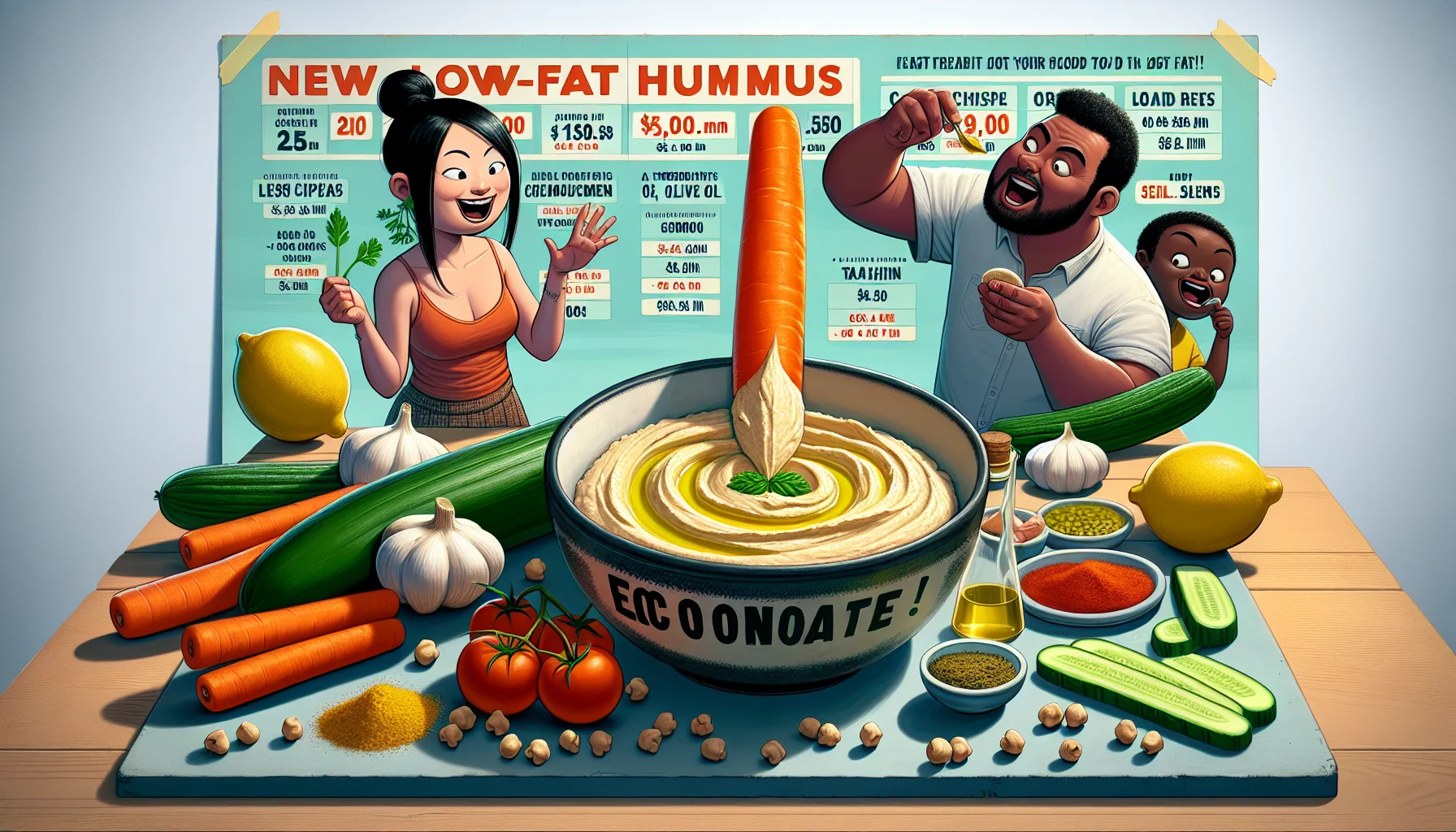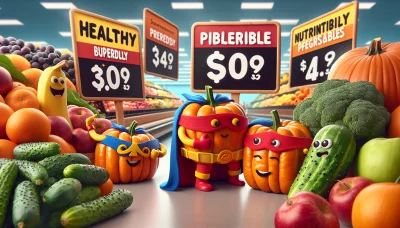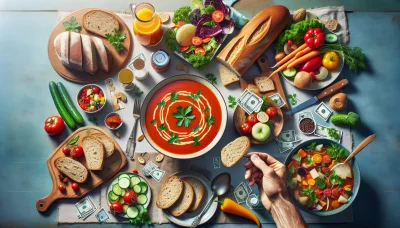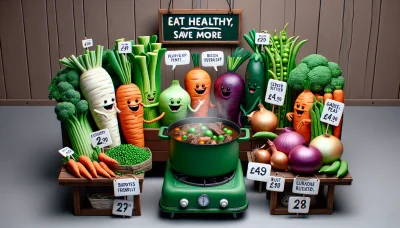Low fat hummus recipe Quiz
Test Your Knowledge
Question of
Low Fat Hummus Recipe: A Healthy Eating Guide
Incorporating low-fat options such as hummus into your diet is a key component of healthy eating. Hummus, made primarily from chickpeas, offers a rich source of protein and fiber which can help in managing weight and improving digestive health. By opting for a low-fat version, you reduce the intake of saturated fats, contributing to better heart health and lowering the risk of chronic diseases. This makes hummus not only a delicious but also a nutritious addition to your daily meals, promoting overall well-being.
What Makes Hummus Healthy?
Hummus is celebrated not only for its creamy texture and delicious taste but also for its impressive nutritional profile. This popular dip, made primarily from chickpeas, boasts a low-fat content, making it a heart-healthy choice for those monitoring their fat intake. Additionally, hummus is a great source of protein, which is essential for muscle repair and growth. It doesn't stop there; hummus is rich in dietary fiber, which promotes digestive health and can help in maintaining a healthy weight. Beyond these macronutrients, hummus provides essential vitamins and minerals, contributing to overall well-being and supporting various bodily functions. Its combination of healthful attributes makes hummus a nutritious and satisfying addition to any meal.
Ingredients for Low Fat Hummus
- 1 can (15 oz) chickpeas, rinsed and drained
- 2 cloves garlic, minced
- 2 tablespoons fresh lemon juice
- 1 tablespoon tahini (optional for lower fat)
- 1 teaspoon ground cumin
- 1/4 teaspoon paprika
- Salt to taste
- 2 to 3 tablespoons water or aquafaba (the liquid from the can of chickpeas)
- Fresh parsley, chopped (for garnish)
Step-by-Step Guide to Making Low Fat Hummus
Preparing low-fat hummus at home is both simple and rewarding. Follow these steps to create a delicious and healthy dip that everyone will love.
- Start by rinsing 1 cup of canned chickpeas under cold water to remove excess sodium.
- Peel the chickpeas by gently squeezing them to slip off the skins. This step is optional but results in a smoother hummus.
- In a food processor, combine the peeled chickpeas, 2 cloves of garlic, 2 tablespoons of lemon juice, and 2 tablespoons of tahini. For a lower fat content, you can reduce the amount of tahini or omit it entirely.
- Add 1/4 teaspoon of salt, or to taste, and blend the mixture until smooth.
- For a creamier texture, slowly add up to 1/4 cup of water while the food processor is running, until you achieve the desired consistency.
- Taste and adjust the seasoning if necessary, adding more lemon juice, garlic, or salt according to your preference.
- Transfer the hummus to a serving dish and, if desired, drizzle a small amount of olive oil over the top for flavor. Remember, the olive oil is optional for those strictly monitoring fat intake.
- Garnish with a sprinkle of paprika and a few whole chickpeas for presentation.
- Enjoy your homemade low-fat hummus with fresh vegetables, whole grain crackers, or as a spread on sandwiches.
Nutritional Information of Low Fat Hummus
| Nutrient | Amount per Serving |
|---|---|
| Calories | 78 |
| Fat | 1.2g |
| Protein | 4.1g |
| Fiber | 1.9g |
| Vitamins | Vitamin A - 2%, Vitamin C - 6% |
Serving Suggestions for Low Fat Hummus
Low fat hummus is a versatile and healthy option for any occasion, whether you're looking for a nutritious snack, a satisfying appetizer, or a flavorful addition to meals. Enjoy it as a creamy dip with crunchy vegetables like carrots, celery, bell peppers, and cucumbers for a refreshing and guilt-free snack. It also pairs wonderfully with whole grain crackers or pita chips for a bit of added crunch. For a creative twist, spread low fat hummus on whole wheat wraps or sandwiches as a flavorful and protein-rich alternative to mayonnaise or other spreads. When hosting, elevate your appetizer game by creating a hummus platter, incorporating various flavors of low fat hummus and an assortment of dipping options. This not only caters to a wide range of tastes but also adds a colorful and healthy touch to your gathering. Remember, low fat hummus isn't just for dipping; it can also be used as a base for salad dressings or as a flavorful addition to veggie burgers and falafels, making your meals both delicious and nutritious.
Tips for Storing and Enhancing Your Hummus
To keep your hummus fresh and tasty, always store it in an airtight container in the refrigerator. It should last for up to a week. If you're looking to maintain its creamy texture, consider drizzling a bit of olive oil over the top before sealing it up. For those who love to elevate their hummus experience, there are plenty of options. Adding a sprinkle of paprika, a dash of cumin, or a squeeze of fresh lemon juice can bring new life to your hummus. For a more textured experience, try topping it with pine nuts, chopped olives, or fresh herbs like parsley or cilantro. These simple additions can transform your hummus from a simple dip to a gourmet treat.












